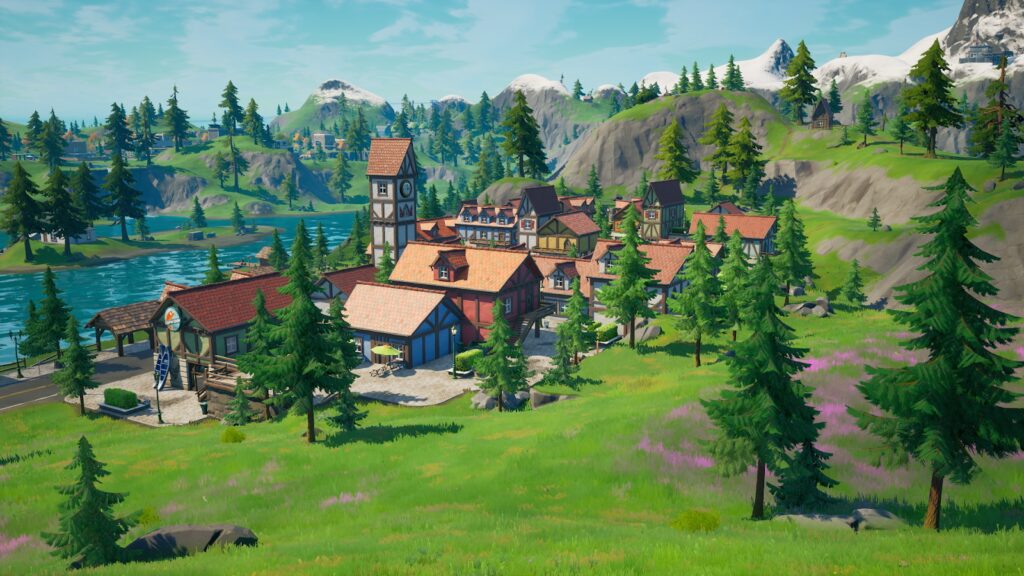Virtual reality technology has allowed game developers to create more immersive and engaging experiences for players. The game development process begins with an idea and a storyboard, followed by game mechanics design, asset creation, and testing. Virtual reality tools are used to create a 3D model of the game world, including the environment, objects, characters, lighting, sound effects, and other atmospheric factors. The models must be optimized for the required VR platform, and textures and sounds must be created to match actions and events in the game. Testing and player feedback refine the game, resulting in a unique and unforgettable experience for players.
Building Virtual Worlds: An Insight into Designing Games with Virtual Reality Tools
Introduction
Over the years, video games have gained immense popularity among people of all ages. The industry has grown rapidly and is now worth billions of dollars. With the advent of virtual reality technology, game developers are now able to create more immersive and engaging experiences for players. Virtual reality tools provide game designers with the ability to build virtual worlds and allow players to explore and interact with them in a way that was not possible before. In this article, we will take an in-depth look at how games are made using virtual reality tools.
The Design Process
The game development process begins with an idea. The game designer will come up with a concept for the game and start to flesh it out. They will create a storyboard, which is a visual representation of the game’s story, characters, and world. This helps to give the team a clear understanding of what the game will look like before any development has started.
Once the storyboard is complete, the team will begin to design the game mechanics. This includes deciding what actions players can take, how they can interact with objects in the game, and what rules the game follows. The game mechanics will also determine how challenging the game is and what the player’s objectives are.
Once the game mechanics have been designed, the team will move on to creating the game’s environment. This is where virtual reality tools come in. The game designer will use virtual reality technology to create a 3D model of the game world. This world will include everything from the buildings and landscapes to the objects and characters within it. The designer will also use virtual reality tools to create the game’s lighting, sound effects, and other environmental factors that will contribute to the game’s atmosphere.
Creating Virtual Reality Assets
Creating assets for virtual reality games can be a complex process. The game designer will use software to create 3D models of the game’s objects, characters, and environments. These models will then need to be optimized for use in virtual reality. This means reducing the number of polygons used in the models to ensure they don’t slow down the game’s performance. The models will also need to be optimized for the specific virtual reality platform the game is being developed for, such as Oculus or HTC Vive.
Textures are also a crucial part of creating virtual reality assets. The designer will need to create textures that are high-resolution and can be scaled to suit the needs of the game. These textures will be used to create the surfaces of objects in the game, such as walls, floors, and characters.
Sound effects are another critical component of creating virtual reality games. The game designer will need to create realistic sound effects that match the actions and events in the game. For example, footsteps on different surfaces, the sound of doors opening and closing and the sound of gunfire.
Testing and Refining the Game
Once the game’s environment, assets, and mechanics have been designed, the team will start to test the game. Testing involves playing the game in its early stages to identify any bugs, glitches, or gameplay issues that need to be fixed. This is an iterative process, and the team will continue to refine the game until it has reached the desired level of quality.
Player feedback is also essential during the testing phase. The game designer will seek feedback from beta testers, who are people outside the development team who play the game and provide feedback on their experience. The feedback gained from beta testers can help the designer to make changes that will improve the game’s playability and enjoyment factor.
Conclusion
Game development with virtual reality tools offers game designers an unparalleled level of freedom and creativity. The ability to create immersive and engaging environments can lead to a more memorable and enjoyable gaming experience for players. While the game development process can be complex, the result is a game that offers players a unique and unforgettable experience.
